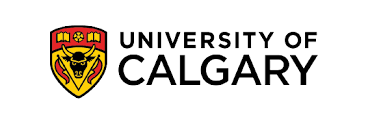University of Calgary Initiates International Collaboration to Transform Carbon Monitoring
The University of Calgary and Carbon Management Canada (CMC) have joined forces to help ensure the carbon captured in sequestration projects remains safely stored underground.
To make sure emissions are not escaping back into the atmosphere, governments, companies and regulators demand robust measurement, monitoring and verification solutions. Unfortunately, traditional seismic technologies have cost and data limitations. This leaves a critical gap in the ability to ensure long-lasting carbon sequestration.
With $1.1 million in funding from Emissions Reduction Alberta (ERA) and participation from the SINTEF-Norway Group and Lawrence Berkeley National Labs, the initiative focuses on developing affordable and innovative monitoring technologies to accurately map carbon dioxide (CO2) storage beneath the subsurface.
“This project is a poster child for the energy evolution,” says Dr. Kristopher Innanen, PhD, Director of Consortium for Research in Elastic Wave Exploration Seismology and principal investigator, UCalgary. “We’re taking areas of existing geoscience expertise and applying them to a major gap in carbon capture, usage and storage [CCUS] — the monitoring to confirm effective sequestration. If we can successfully solve this, many more sequestration projects will be able to go ahead with the trust of regulators and the public.”
The project will create long-term solutions for safe and secure CO2 storage by using strategically positioned sensors to collect data like seismic activity, electromagnetic fields, gravity shifts and surface changes. These sensors will provide companies with the tools to demonstrate to regulatory bodies that their carbon-capture initiatives are operating seamlessly and securely containing CO2 within geological reservoirs.
“This project represents a paradigm shift in how we can monitor the geological storage of CO2 at a large scale in a cost-effective manner, while assuring containment and conformance of the CO2 plume,” says Dr. Don Lawton, PhD, director of science with CMC and UCalgary geophysics professor emeritus.
At its core, this initiative is designed to leverage Norway, Alberta and the U.S. to foster global collaboration. By integrating diverse technologies, practices and expertise, the initiative aims to accelerate CCUS technologies on an international scale to offer a range of solutions that guarantee the safety and security of stored CO2.

